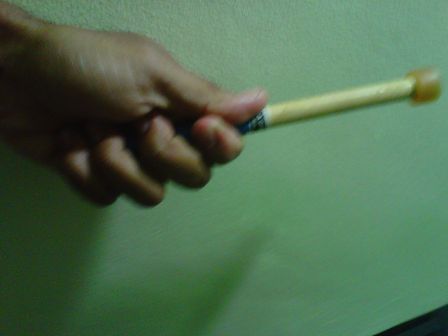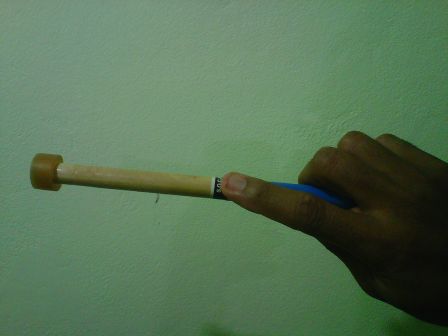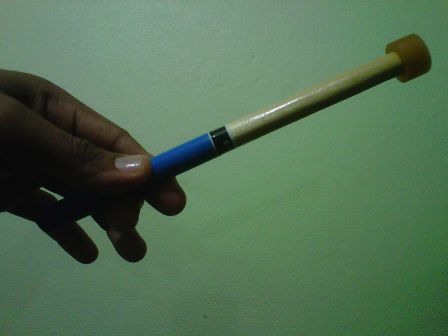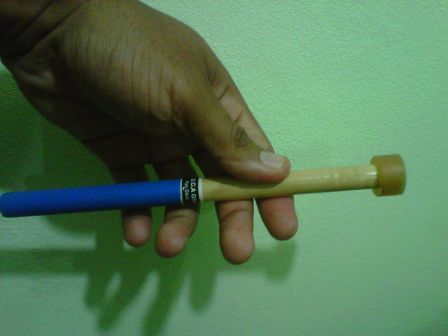How to Play Steel Drums (Steel Pans)-The Basics
Steel Drum Height, Body Stance and Position
When you play steel drums, they should be hung at approximately waist height. Hanging your instrument too low may result in you having to bend and can cause your waist to ache. Hanging it too high may cause you to lose the natural position of your arms and inhibit effective playing. Your body position and stance should allow you to play steel drums (steel pans) comfortably. Proper body position also will facilitate good playing technique and musical creativity. If you experience discomfort such as aching feet when you play steel drums, this may be due to a poor playing stance. Pain will inhibit both the mental and physical aspects of your musical progress on your instrument.
Stand with both feet firmly planted and your weight evenly balanced between them. Standing with most of your weight on one foot may cause that foot to ache if you play for an extended period. This poor playing stance will not allow you to comfortably shift your playing between pans for steel pans (steel drums) such as double tenors and the other lower steel pans (steel drums) that use more than one drum
How far from the steel pans (steel drums) should you stand? When you play steel drums, you should stand at a distance that allows you to play every note without your body resting against the steel drums. Your elbows should be kept slightly away from your body so that you will be able to move freely without feeling cramped when you play the notes that are closest to your body.
Gripping the Pan Mallet
When you play steel drums (steel pans),a proper grip on the pan mallet will facilitate good steel drum playing technique by enhancing your ability to strike each note effectively. (The picture below shows the proper way to grip a pan mallet). Note that the thumb and index fingers form a pivot at a point roughly one third from the bare end of the pan mallet. It should balance between these two fingers, which form an approximate 90 degree angle with each other. If the pan mallet should be pulled from your hand while a proper grip is maintained, your thumb should drop into the second segment of your index finger. The index finger curls around the pan mallet but should not grip it too tightly. The remaining three fingers also loosely curl around the pan mallet. Do not grip the pan mallet tightly as this will inhibit the flexibility that is required for good playing technique.

Examples of incorrect pan mallet grips are: Closing your whole fist around the pan mallet; allowing your index finger to lie on top of the pan mallet which can cause you to involuntarily press on it with that finger; holding the pan mallet between the thumb and first or first two fingers without curling the remaining fingers around it; holding the pan mallet at the very end (which makes it difficult to control the mallet); gripping the pan mallet more than one third along its length - this can cause the notes to have a muted sound due to lack of bounce when striking the notes of the steel pans (steel drums). These are respectively illustrated in the pictures below.



